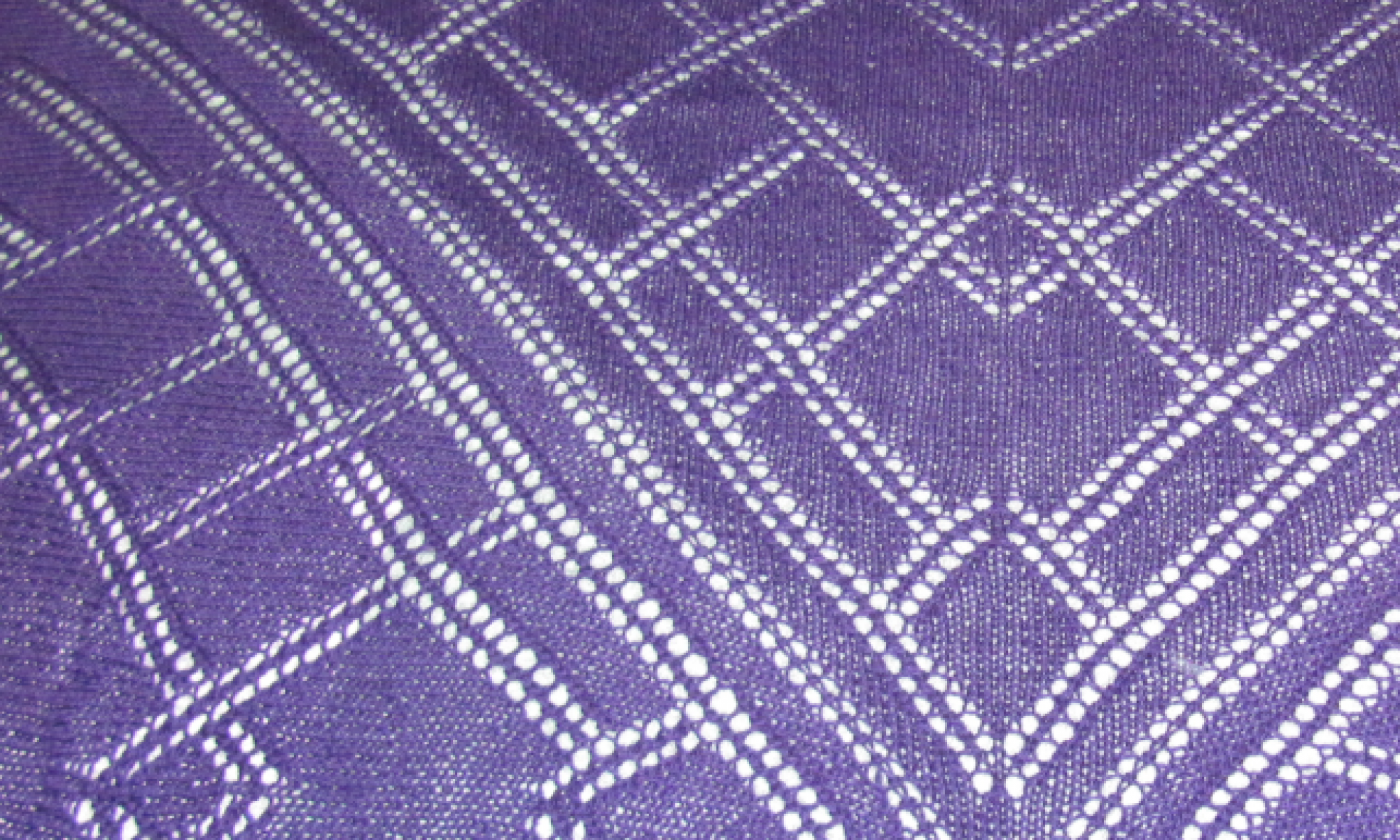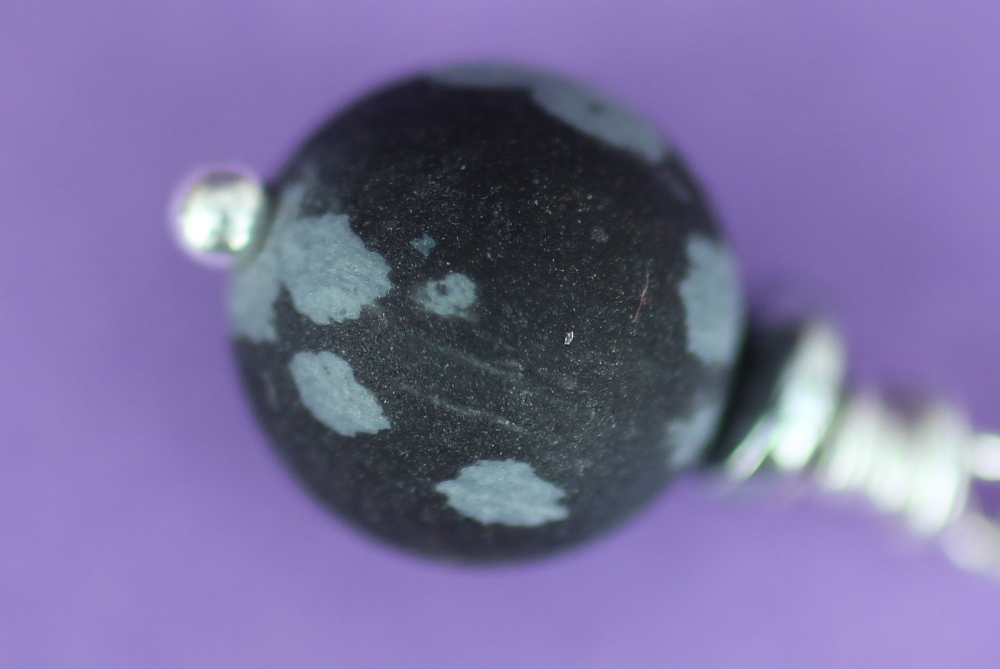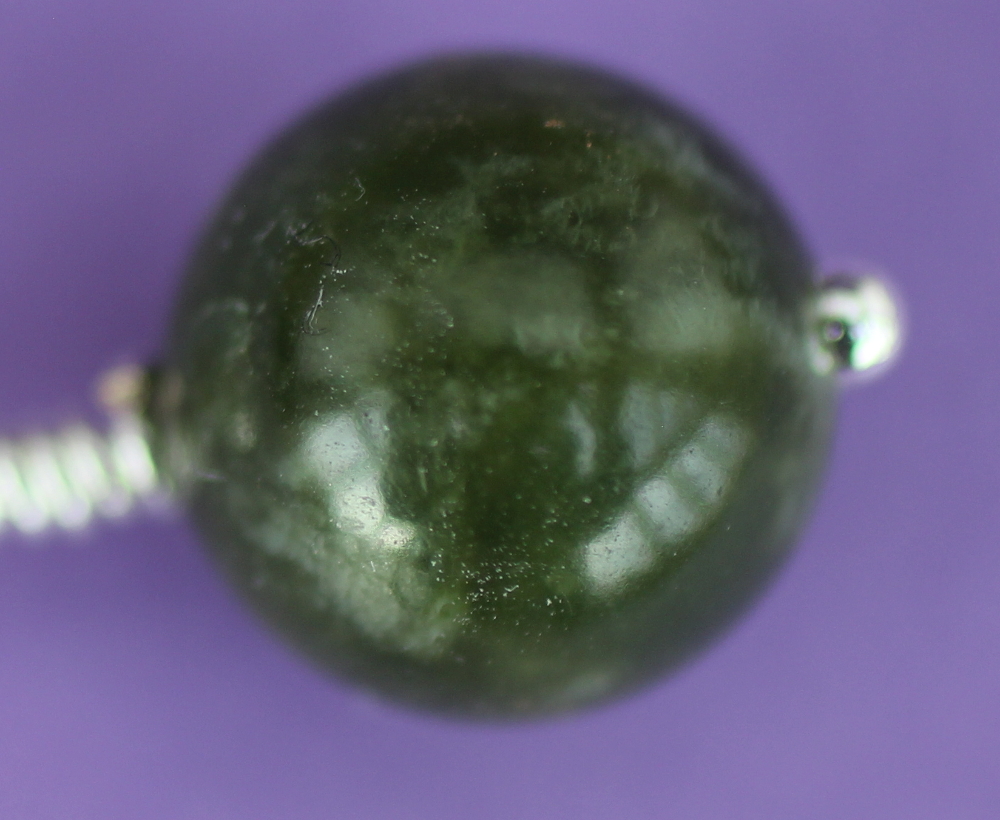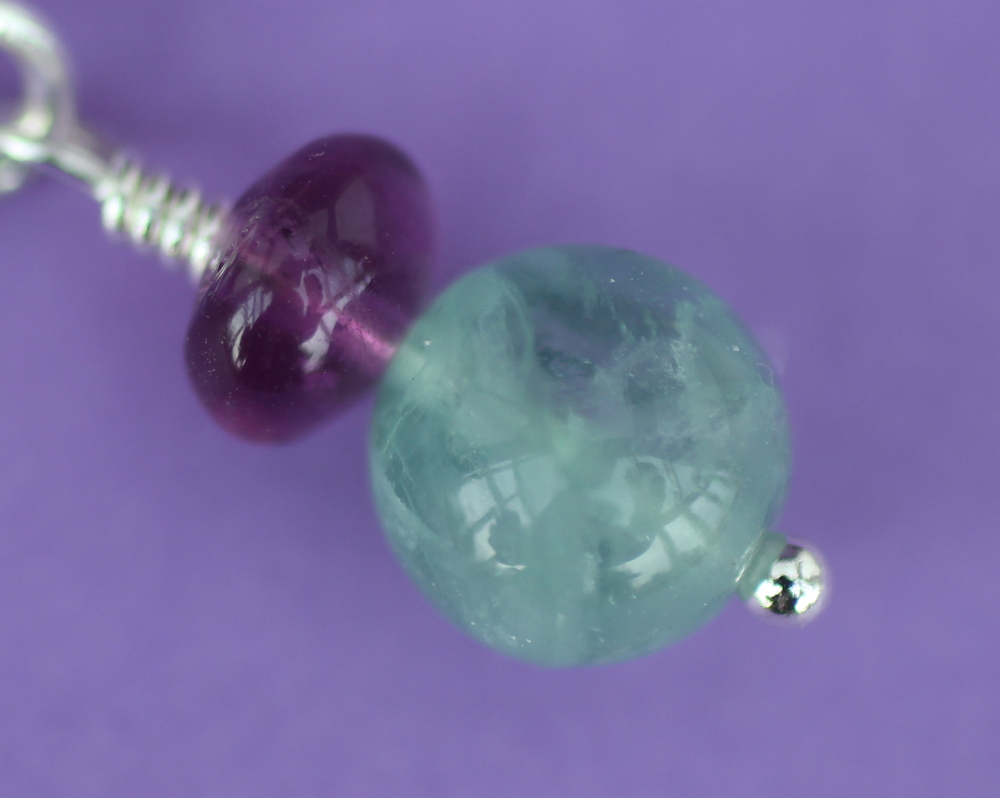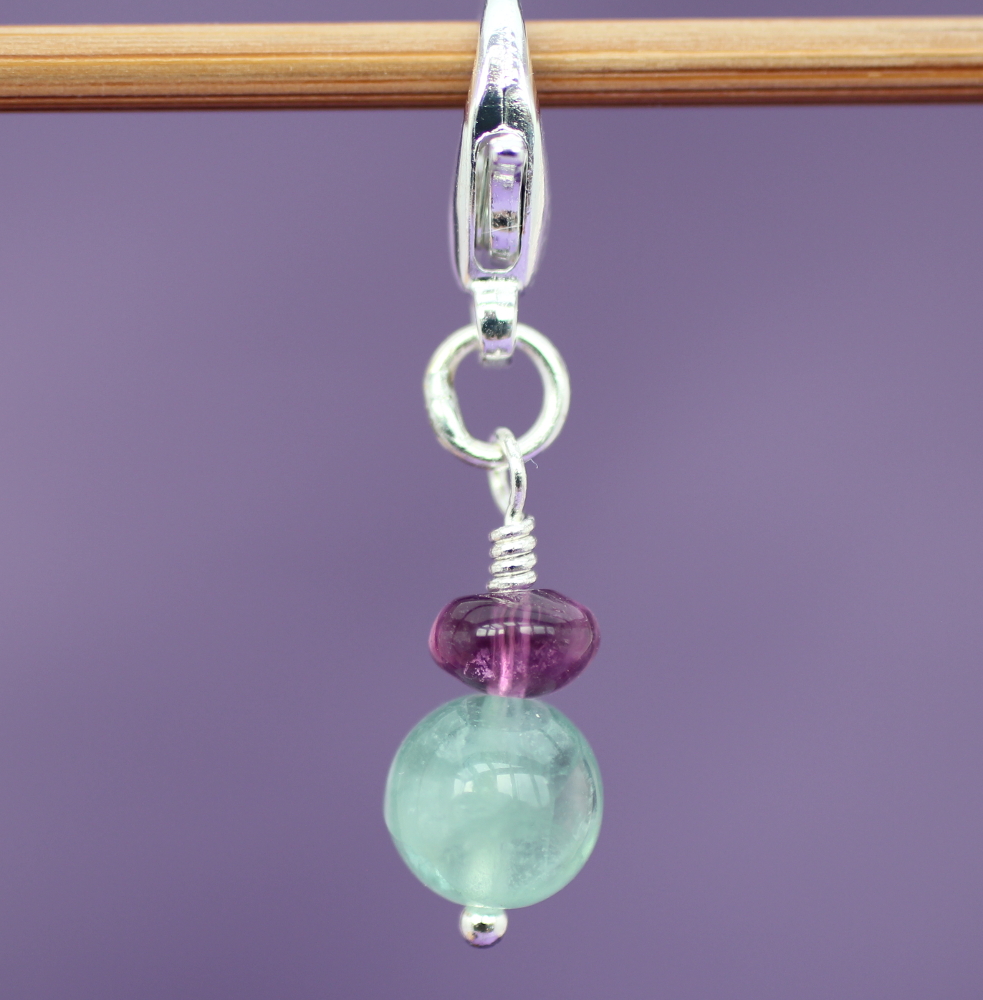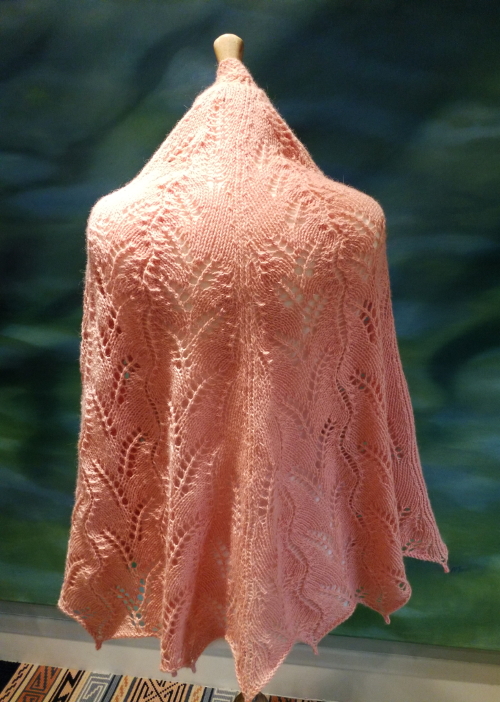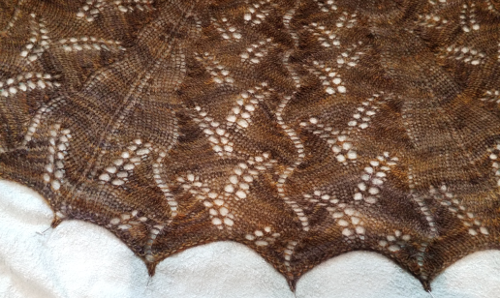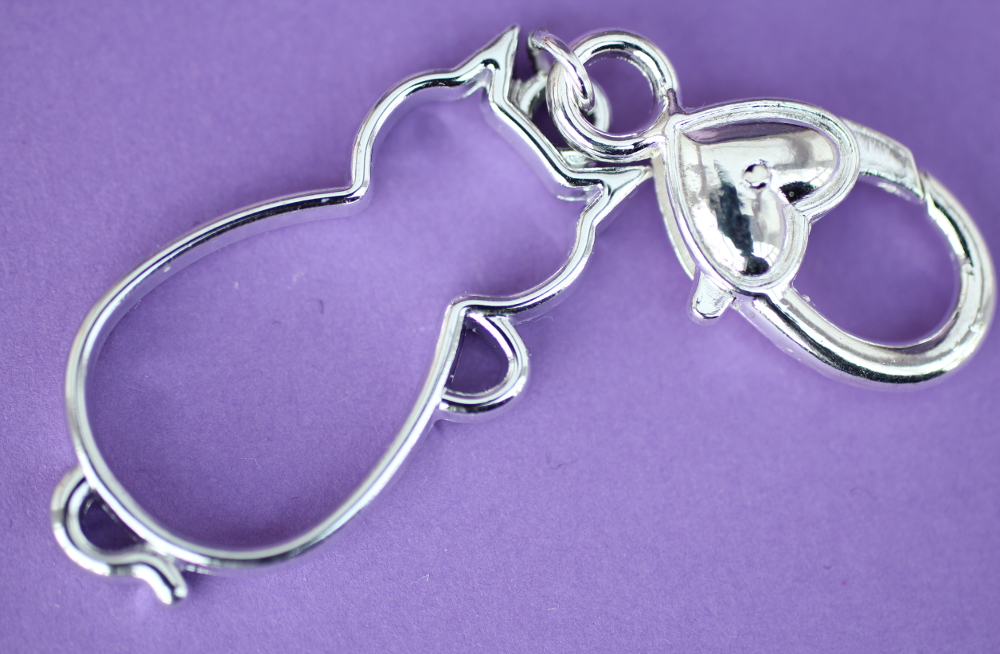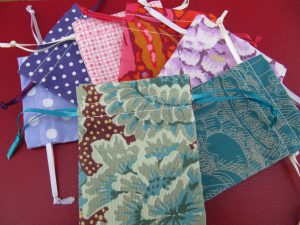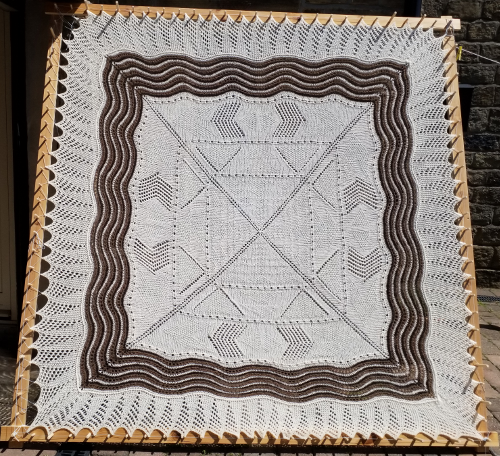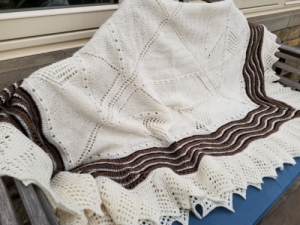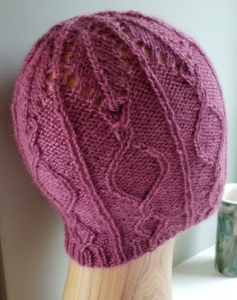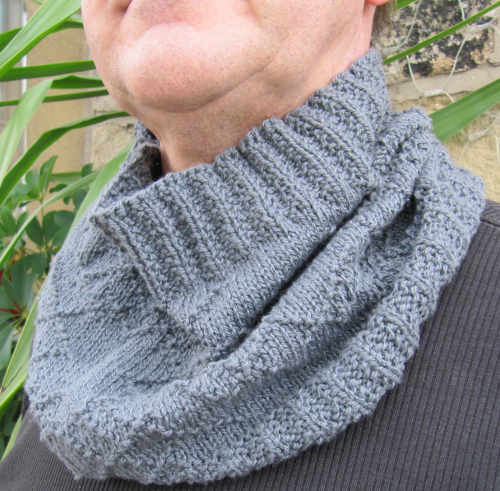We have some lovely stitch markers available at the moment, whether your taste runs to charms, gemstones, or a mixture of both. I am always on the look out for new beads and gemstones; if you don’t see exactly what you want in the Granary Knits store, there is a good chance I can find it for you, just email me. Here are a few of my new markers, available in both crochet and knitting .
Gemstone beads are my favourite markers; they come in a bewildering variety of stones, some shiny some frosted, in every colour and size you could want. I concentrate on 8mm and 10mm beads for stitch markers; the 8mm beads make a perfect small marker, and the 10mm beads workbeautifully as special end of round markers.
Frosted Snowflake Obsidian is my new favourite gemstone bead. Every stone is different, and the matte frosted finish means that each “snowflake” on the surface of the bead stands out in perfect detail. Both Crochet and Knitting markers are available singly in store now.
Jade is one of the most beautiful gemstones; it has been used in jewellery and carved ornaments for nearly ten thousand years. Jadeite is the most expensive with delicate colouring and semi-translucent appeal, but Nephrite is also rather lovely. Nephrite is found principally in Western Canada, with lesser deposits in China, South-east Asia, New Zealand, and parts of Europe. The colours found in Nephrite range from creamy yellows to dark greens. The beads I use are in the pale to mid green range. They are 10mm in diameter, and make perfect special end-of-round markers. Both Crochet and Knitting markers are available singly in store now.
Rainbow Fluorite is another gemstone that comes in a variety of colours. My favourite combination is the most delicate of pale greens and the loveliest of purples. These colours always remind me of Spring. In the Rainbow Fluorite markers I offer in the shop, I have used 8mm round beads topped with 6mm bicone beads; I try to ensure that one stone is purple and the other green. Both Crochet and Knitting markers are available in store now.
Another beautiful matte gemstone is the Veined Jasper, a new find for me. Again every stone is different, featuring black on white, white on black, and wonderful shades of grey. Both Crochet and Knitting markers are available in store now.
